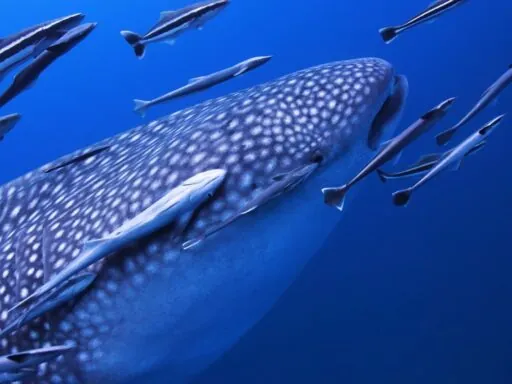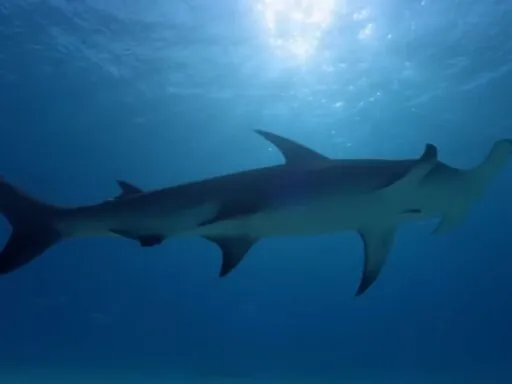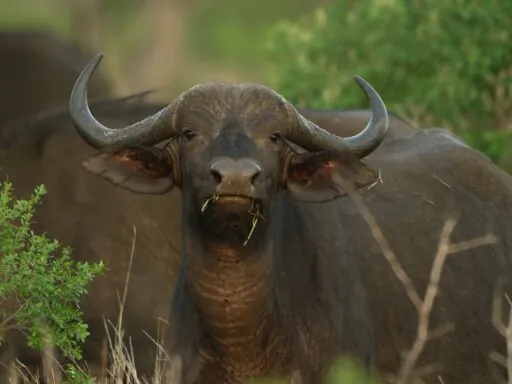Did you know that not all animals need sleep like we do? While most creatures need hours of rest, some animals hardly sleep at all! Dolphins can let half their brain sleep while the other half stays awake. Sharks keep moving even when they rest, and giraffes only nap for a few minutes. These animals show us that sleep isn’t the same for everyone. Let’s explore the top 10 animals that don’t sleep!
1. Jellyfish
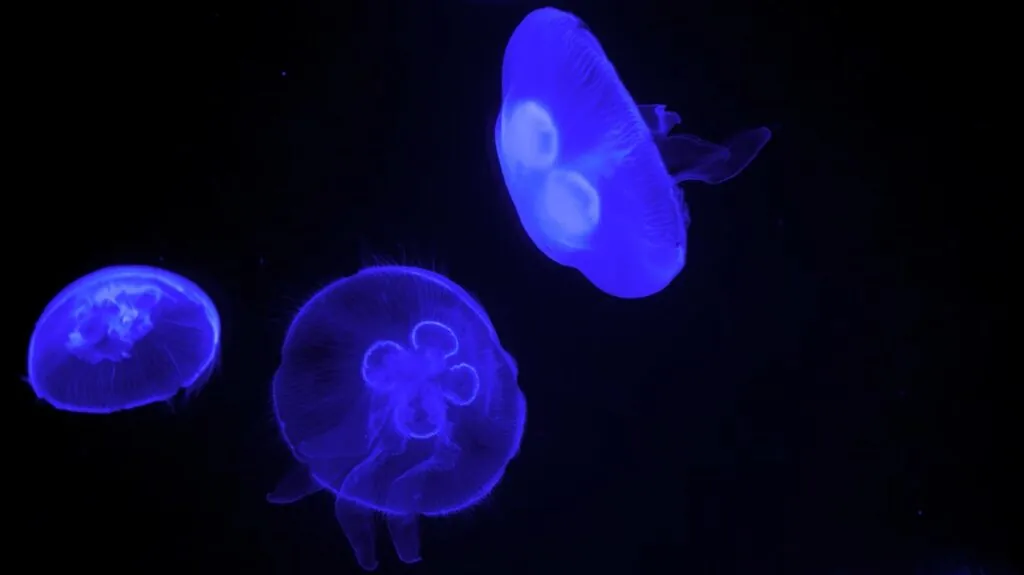
Jellyfish are fascinating creatures, and they don’t sleep in the same way most animals do. In fact, they don’t have a brain or a central nervous system. But scientists have discovered that jellyfish enter a sleep-like state at night. For example, the upside-down jellyfish, Cassiopea, slows down its movements at night, pulsing less frequently than during the day. When researchers kept them awake by disturbing them with water pulses, the jellyfish became sluggish the next day, showing that even these ancient animals need rest.
2. Sea Urchins
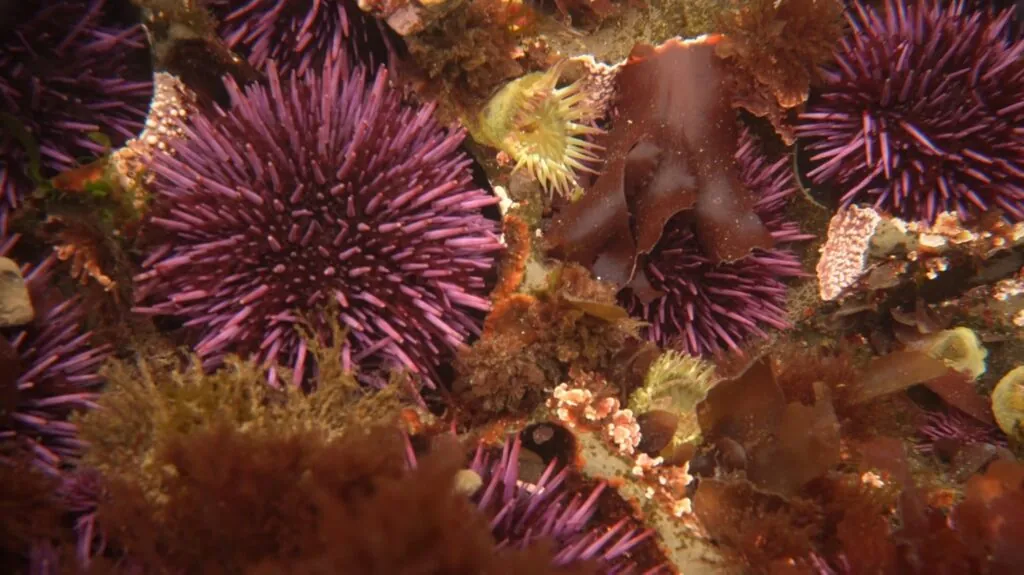
Sea urchins are fascinating marine creatures that don’t need sleep. They live in oceans all around the world and have a spiky shell to protect them from predators. What makes sea urchins unique is that they don’t have a brain or eyes. Instead, they use a simple nerve ring to help them sense their surroundings and move. They rely on their tiny tube feet to explore and feed on algae. Since they don’t have a traditional brain or nervous system, sea urchins don’t need sleep the way humans or other animals do.
3. Bullfrogs
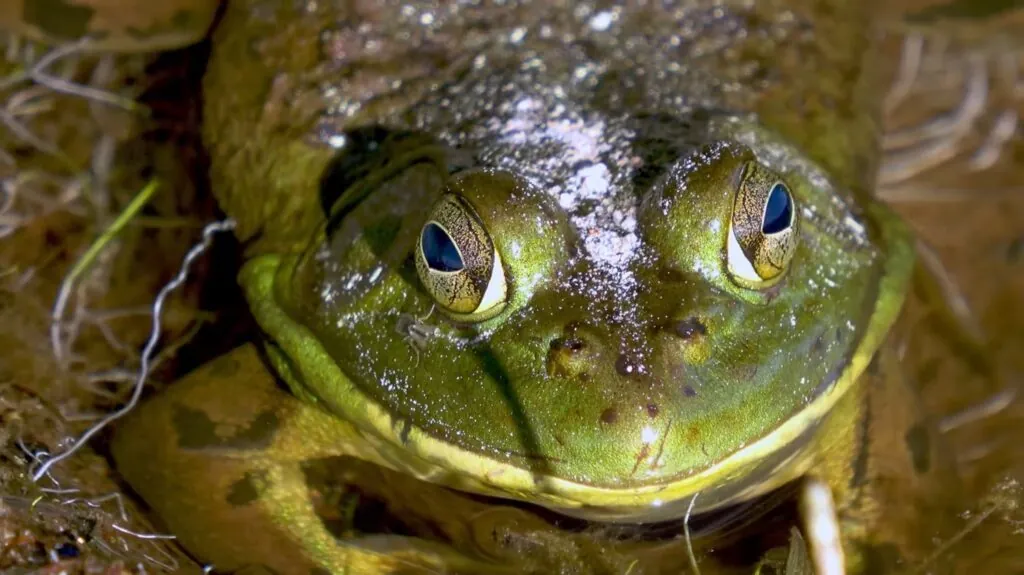
Bullfrogs are large, loud frogs found in North America. What makes them interesting is that they don’t need sleep like most animals do. Instead of having a regular sleep-wake cycle, bullfrogs can stay alert for long periods. They enter a state called dormancy, where their activity slows down, but they never fully “sleep.” This dormancy helps them survive in changing environments, like when it’s too hot or cold. Even though they don’t sleep, bullfrogs can still rest when needed, and they’re very good at adapting to their surroundings.
4. Dolphins
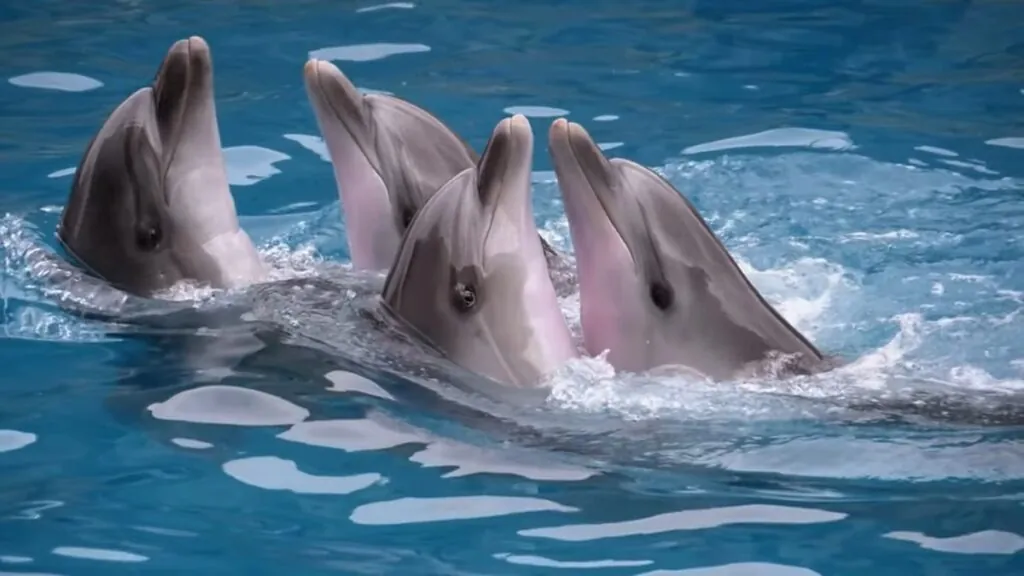
Dolphins are amazing animals that don’t sleep like humans do. Instead of resting their whole brain at once, dolphins let half of their brain sleep while the other half stays awake. This allows them to keep swimming, come up for air, and stay safe from predators. Dolphins take turns resting each side of their brain, so they can still be alert and move around in the water. They also keep one eye open during this process to stay aware of their surroundings. This special way of sleeping helps dolphins survive in the ocean.
5. Giraffes
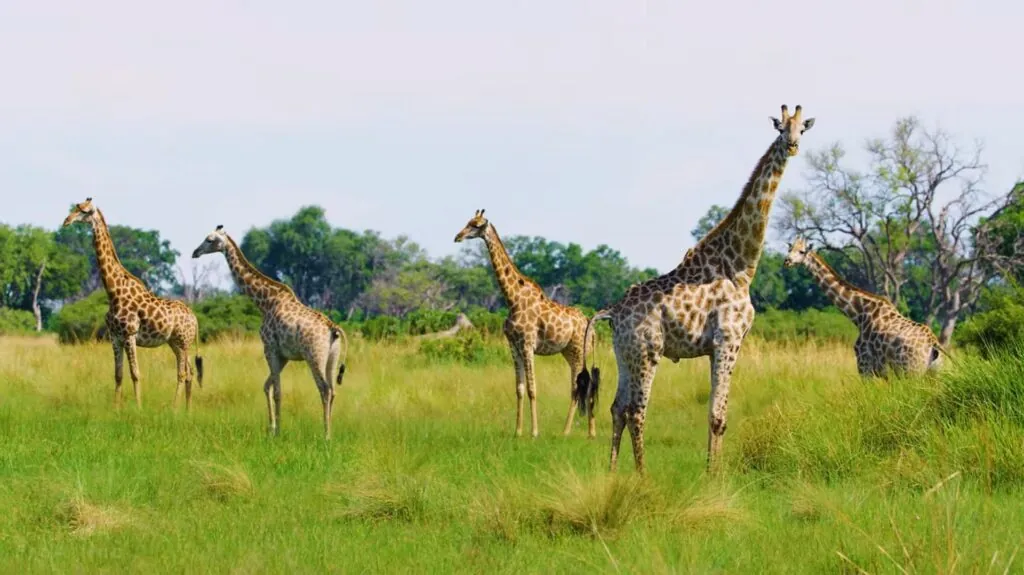
Giraffes are some of the tallest animals on Earth, but did you know they hardly sleep? Giraffes only need about 30 minutes to two hours of sleep each day! Most of the time, they sleep standing up to stay safe from predators. When they do lie down, it’s usually just for short naps. Giraffes also tend to take little naps throughout the day, so they’re always alert and ready to move if danger comes close. Their ability to sleep so little helps them survive in the wild.
6. Great Frigatebirds
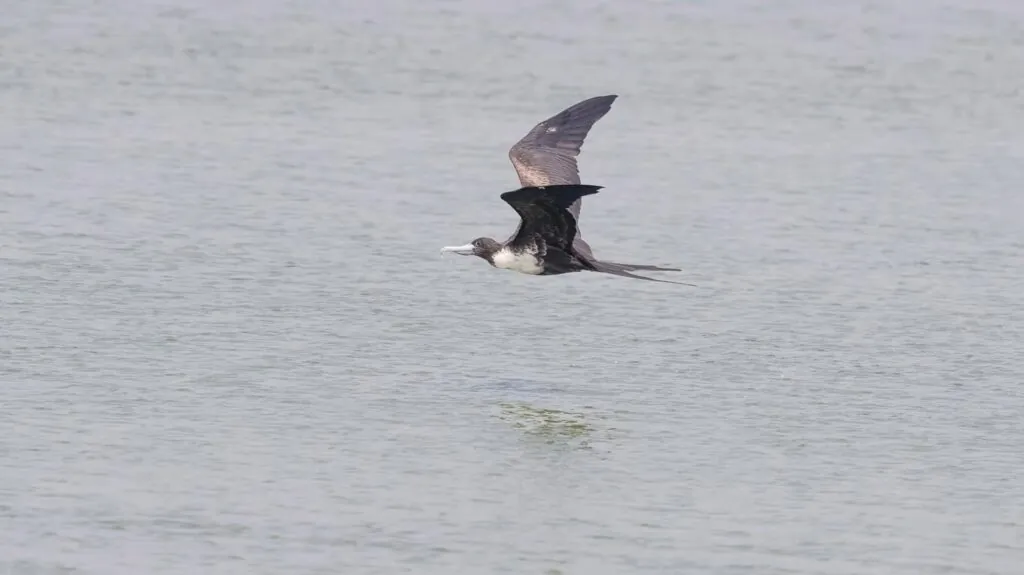
Great frigatebirds, one of the top 10 animals that don’t sleep, are truly remarkable. These birds can fly for weeks without landing, and while they’re soaring through the sky, they take short naps! They can let one side of their brain sleep while the other side stays awake, just like dolphins. This allows them to keep flying and avoid danger even while resting. During long flights, they nap for only a few seconds at a time, but it’s enough to keep them going. Great frigatebirds use this special ability to travel long distances across the ocean, searching for food.
7. Elephants
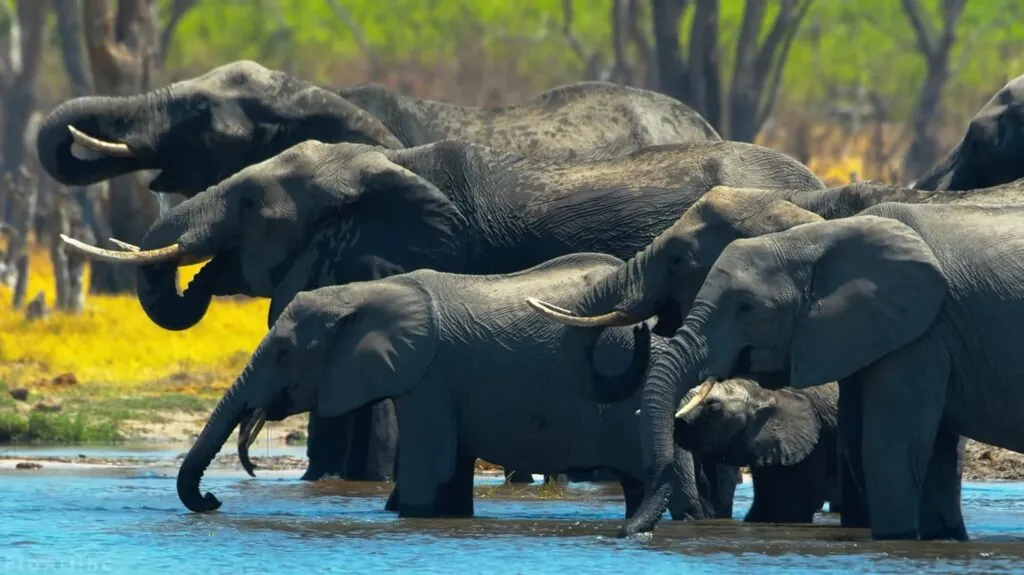
Elephants are some of the lightest sleepers in the animal kingdom. In the wild, they only sleep about two hours a day, which is much less than many other mammals. They usually take several short naps, which is called polyphasic sleep. Instead of lying down, elephants often sleep while standing up. They only lie down to sleep every three or four days. When standing, they don’t reach a deep sleep stage, called REM sleep, which is when animals dream and their brains recover.
Elephants are always busy finding food and staying alert for predators, which is why they don’t sleep much. Even if they miss a night of sleep, they don’t seem to make up for it later.
8. Sharks

Sharks are fascinating creatures that have been around for millions of years. But did you know that they don’t sleep like humans do? Some sharks, like the great white and hammerhead, must keep swimming all the time to breathe. They get oxygen by moving, which forces water through their gills. Scientists think that while swimming, these sharks might rest half their brain, a bit like dolphins do, so they can stay active but still “rest” part of their brain.
Other sharks, like nurse sharks, don’t need to swim all the time. They can rest at the bottom of the ocean or in caves, where they can breathe without moving much. These sharks use a special way of breathing called “buccal pumping,” where they pull in water through their mouths and push it out through their gills. On the related note, got the scoop of the most dangerous sharks in the world?
9. Walruses
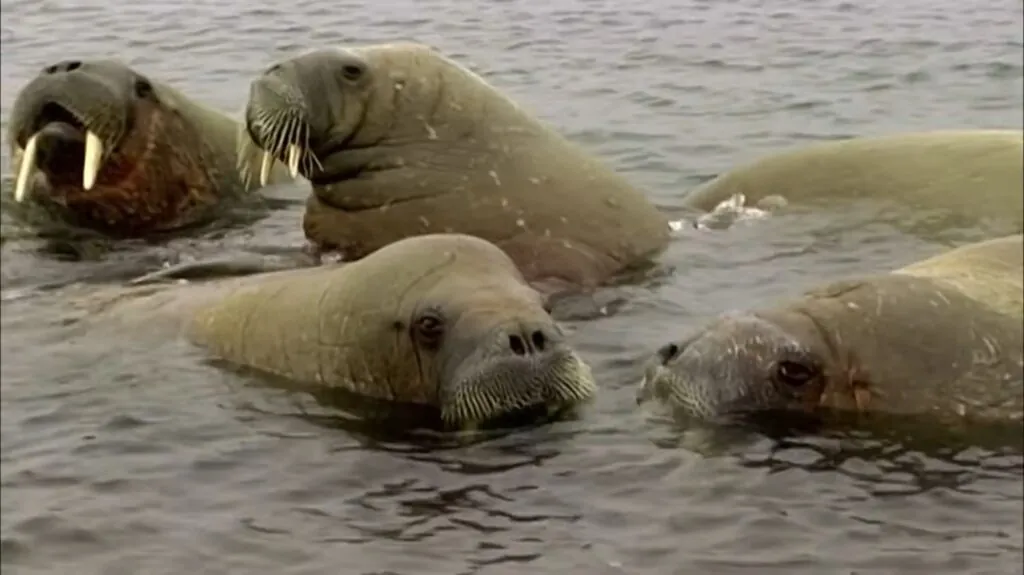
Walruses are large marine mammals known for their long tusks, thick blubber, and whiskers. They live in cold places like the Arctic and are really good at adapting to life both in the water and on land.
Walruses love to rest and can sleep in some pretty cool ways! When they are on land, they usually sleep on their sides or backs for longer periods. In water, they can sleep while floating or hanging onto ice. This helps them stay safe from predators like polar bears. Walruses have a neat trick where half of their brain stays awake while the other half sleeps, so they can keep an eye out for danger.
10. Insects
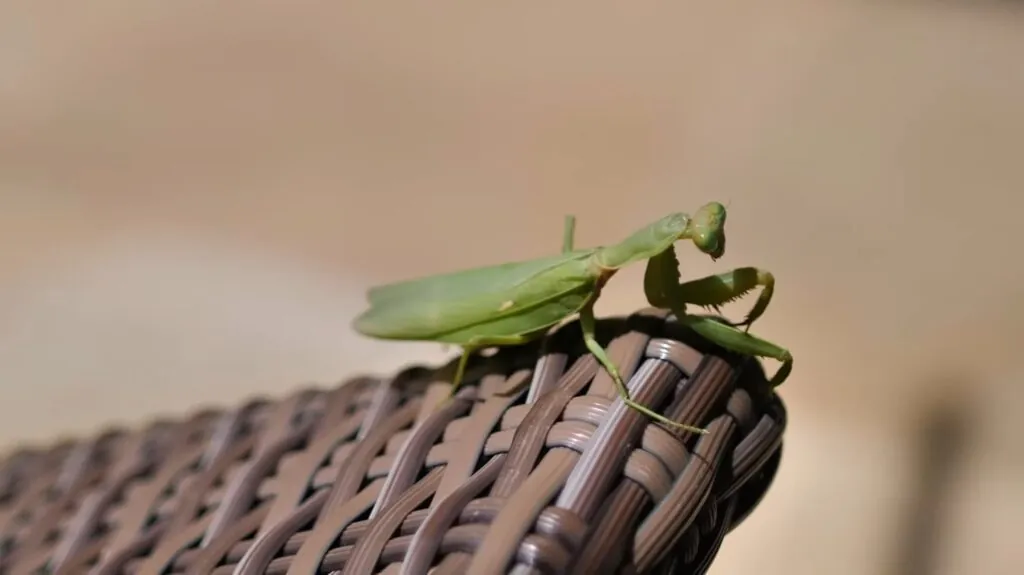
Insects are small but amazing creatures that live all around us. They can be found in gardens, forests, and even our homes! There are over a million different kinds of insects, and each one is unique.
Insects do many cool things. For example, did you know that some insects sleep? It’s not exactly like how humans sleep, but they have rest periods. Honeybees, for instance, rest at night so they can be ready for their busy day ahead, gathering food and helping flowers grow. Ants, on the other hand, take tiny naps throughout the day and night. These little naps help them stay energized to keep working for their colony.
In our list of the top 10 animals that don’t sleep, we ranked each creature based on its unique sleep or rest habits. These animals have adapted in surprising ways, either by getting very little sleep or resting only part of their brains. Some, like jellyfish and sea urchins, don’t have a brain and thus don’t sleep in the traditional sense. Others, like sharks and dolphins, use half-brain sleeping techniques to stay active.
